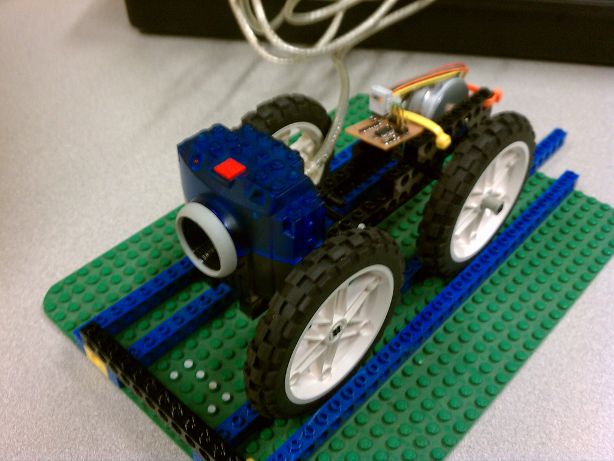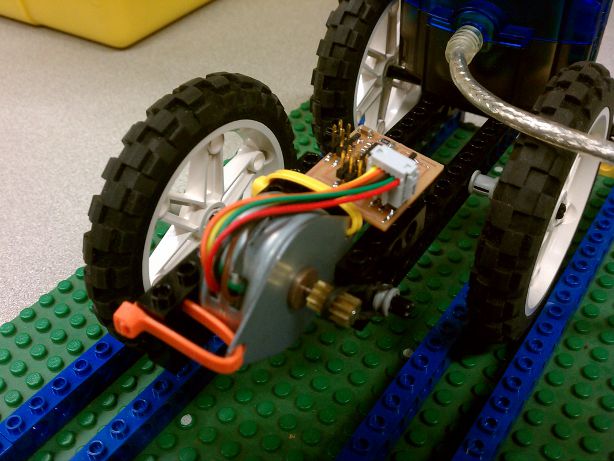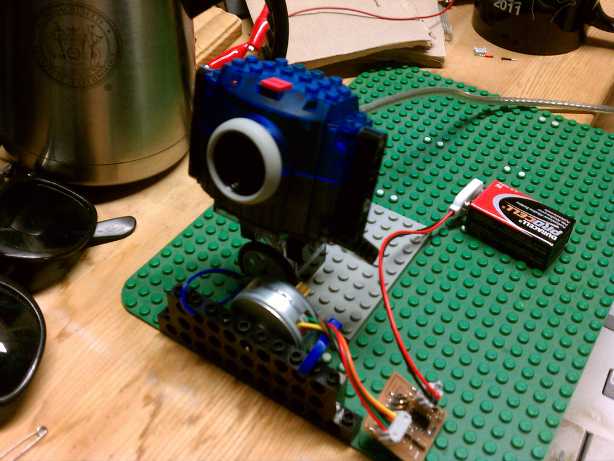Week09 - Output Devices
Devices. They like to talk back. Or at least they should. Unlike last week, where we interfaced with the microcontroller to feed it information, this week was about the microcontroller telling the world that it had something to say and to say it in a way humans can understand. An output can be anything the microcontoller can power or signal to be powered, i.e. lights, motors, speakers, remote controls, train track switchers, etc etc etc.
Occasionally life and the Fab Class inventory throws you a curve ball. The RGB LED above looked slightly different than the one in the example. I forged ahead, doubting my instincts, and lost several hours reflowing solder, swapping out parts, updating software, only to eventually determine that I had been originally correct. It was the wrong part. The anode and the green RGB on the part we'd been supplied with were swapped from the part the original circuit had been designed with. A preposition is a perfectly good thing to end a sentence with, by the way. So, after a quick board redesign that didn't involve having to remill, the circuit was up and running as expected. Several hundred thousand of these and you can have your own Jumbotron.
The stepper motor control circuit was more straight forward and set my new record for soldering. Bare board to stuffed in under half an hour. Much better than the three hours it took me for the original soldering assignment. Altering some cables to use the headers we have in the inventory was about as custom as we had to get in this part of the assignment. All wired up and programmed, the stepper wagged its tail through a set of predetermined positions like partisan candidate during a presidential debate.
The stepper motor control circuit was more straight forward and set my new record for soldering. Bare board to stuffed in under half an hour. Much better than the three hours it took me for the original soldering assignment. Altering some cables to use the headers we have in the inventory was about as custom as we had to get in this part of the assignment. All wired up and programmed, the stepper wagged its tail through a set of predetermined positions like partisan candidate during a presidential debate.
But what to do with it? BEHOLD! The Lego Motion Control Camera System! A distant cousin of the system John Dykstra built for George Lucas in 1975-76 to photograph the vfx elements for Star Wars - Ep. 4 - A New Hope, this system will move a camera though a pre-programmed set of positions while photographing models and miniatures. The correct combination of lenses and frames per second will help lend the illusion that the objects being photographed are much larger and more massive than they are. It's movie magic!

Lego purists will be appalled at my use of zip ties, but they, even more than duct tape, help bind the universe together.

Alas, it was not to be. The tiny motor simply did not have enough torque to move the mass of the rig. I tried to use gear ratios to up torque, but didn't have enough gears of the right pitch to interface with the motor shaft. I had originally planned to reshoot the opening scene of Star Wars, where Bail Organa's Tantive IV Corellian Corvette is overtaken by Lord Vader's Imperial Star Destroyer. But building a motion control camera system out of legos is perhaps a poor idea. Also a normal MoCo system can have 6+ Degrees of Freedom. This has 1.

So, until next time then, Space Cadets! NovySan, OUT!